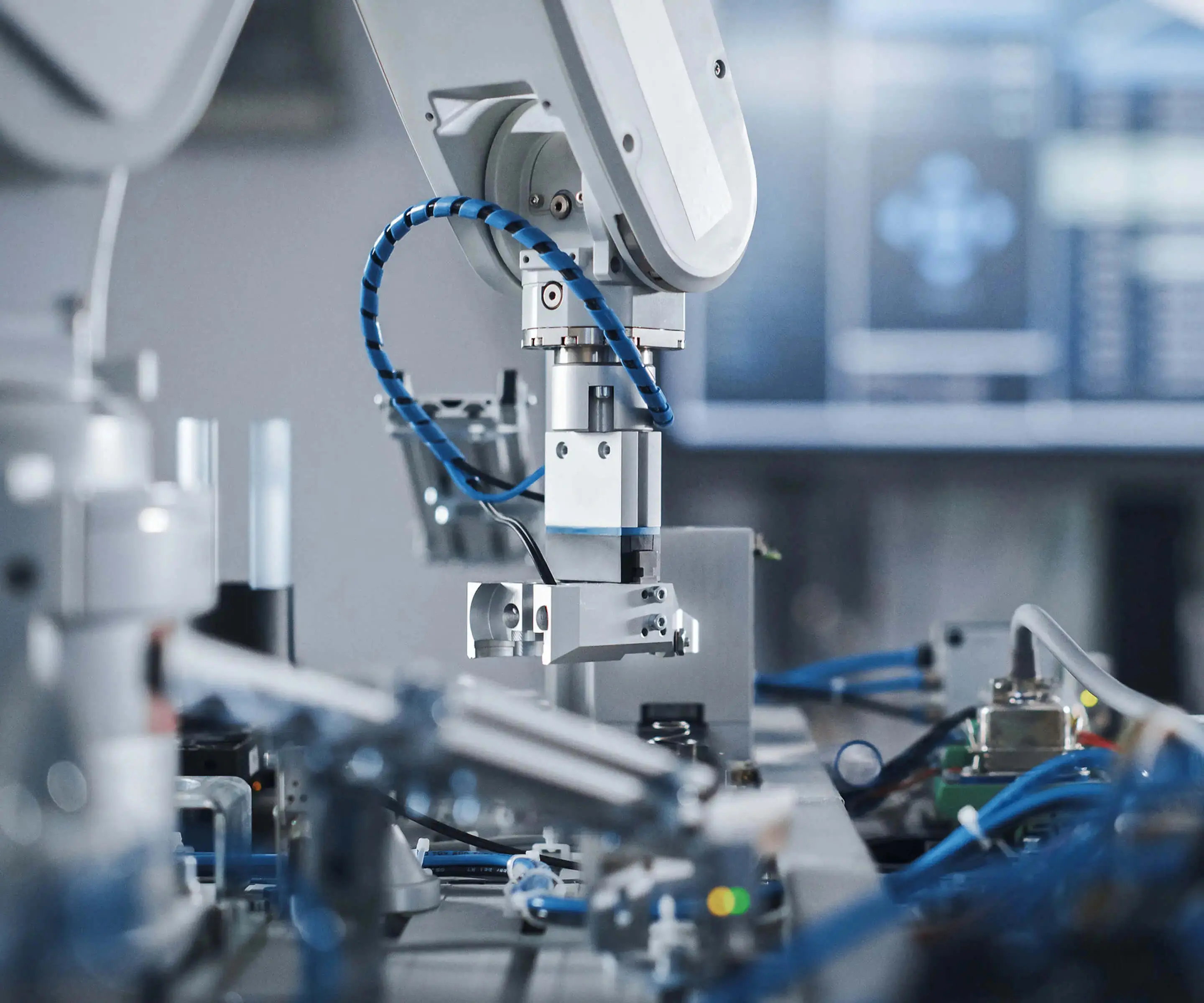When it comes to building or upgrading your motor-driven projects, understanding the wiring of a brushless motor is a must. Whether you're working on a drone, an electric bike, or a DIY robotics project, a solid grasp of how to wire these motors can make all the difference in terms of performance, longevity, and efficiency. So, let’s dive into this topic and break down everything you need to know.

Brushless motors, as the name suggests, don’t rely on traditional brushes to create movement. Instead, they use a more sophisticated method with permanent magnets and electronic controllers. This is why you might hear a lot about how wiring works differently in brushless motors compared to brushed ones. When you get it right, these motors run smoother, last longer, and generate more power with less maintenance. But wiring them correctly is key to unlocking all those benefits.
Let’s start with the basics. A brushless motor typically has three wires: A, B, and C. These wires connect to an electronic speed controller (ESC), which is responsible for managing the power sent to the motor. The ESC converts the direct current (DC) into alternating current (AC) to properly drive the motor. In simple terms, the ESC is like the brain of the motor system, deciding how much power to send to each of the three phases of the motor.
It’s essential to note that the wiring of these motors is not as forgiving as brushed motors. A slight mistake, like connecting the wrong wire, could cause the motor to spin in the wrong direction, or even worse, fail to operate entirely. And let’s not forget, improper wiring can also damage the ESC or the motor itself, which can be costly.
Now, how do you go about wiring your brushless motor? First, you’ll want to connect the motor's three wires to the corresponding outputs on the ESC. It doesn’t matter much which wire goes to which output, as long as you follow the correct sequence. If your motor spins in the wrong direction after you’ve powered everything up, simply swap two of the three wires, and the direction will change.
You may also want to consider using high-quality connectors for a more secure connection. Poor connections can lead to intermittent power, overheating, or even failure to run your motor properly. Good connectors are an easy way to ensure stable, long-term performance.
One thing many people overlook when setting up brushless motors is the importance of proper cooling. These motors can heat up, especially during heavy loads, and too much heat can cause wear and tear over time. The wiring, connectors, and ESC all need to be in a well-ventilated area, ideally with heat sinks attached to the ESC to prevent overheating.
When you’ve got your wiring right and everything’s hooked up, you might wonder if there’s any fine-tuning left to do. Sure, some adjustments are possible, especially in terms of tuning the ESC for smoother or more efficient performance. You’ll want to check your motor’s specifications to ensure the ESC is matched correctly to the motor’s voltage and current requirements. In most cases, a mismatch can lead to underperformance or unnecessary strain on the motor and ESC.
Ultimately, understanding the wiring diagram of a brushless motor isn’t just about knowing which wire connects where. It’s about optimizing the setup for maximum performance, ensuring longevity, and maintaining safety. With the right approach, your brushless motor setup can run like a dream—efficient, powerful, and ready to tackle anything you throw at it. So take your time, check your wiring, and enjoy the process of bringing your project to life.
If you’re ever unsure, consulting with experts who can guide you through the setup can make a world of difference, ensuring that your motor is wired and performing at its best.
Leveraging innovations in modular drive technology, Kpower integrates high-performance motors, precision reducers, and multi-protocol control systems to provide efficient and customized smart drive system solutions.




































